Top 10 Best Pearl Producing Countries In The World 2025
By ICON TEAM | Published on Jun 13, 2025
List Of Top 10 Best Pearl Producing Countries In The World 2025:
Known as the "queen of gems," pearls have captivated people for millennia with their ageless elegance and dazzling beauty. These diamonds, which were created in the depths of mollusks, are a representation of elegance and sophistication. Due to improvements in cultivation methods and rising demand for both natural and cultured pearls, the worldwide pearl business is still thriving in 2025. With a few major nations controlling production, the pearl market—which includes natural, cultivated, and finished pearl jewelry—is estimated to be worth over $1.4 billion in global exports. The top ten pearl-producing countries in 2025 are examined in this article, along with their distinctive contributions, pearl kinds, and roles in influencing the world pearl market. These nations exhibit the variety and creativity of pearl harvesting, from the exotic black pearls of Tahiti to the freshwater pearls of China.
1. China:
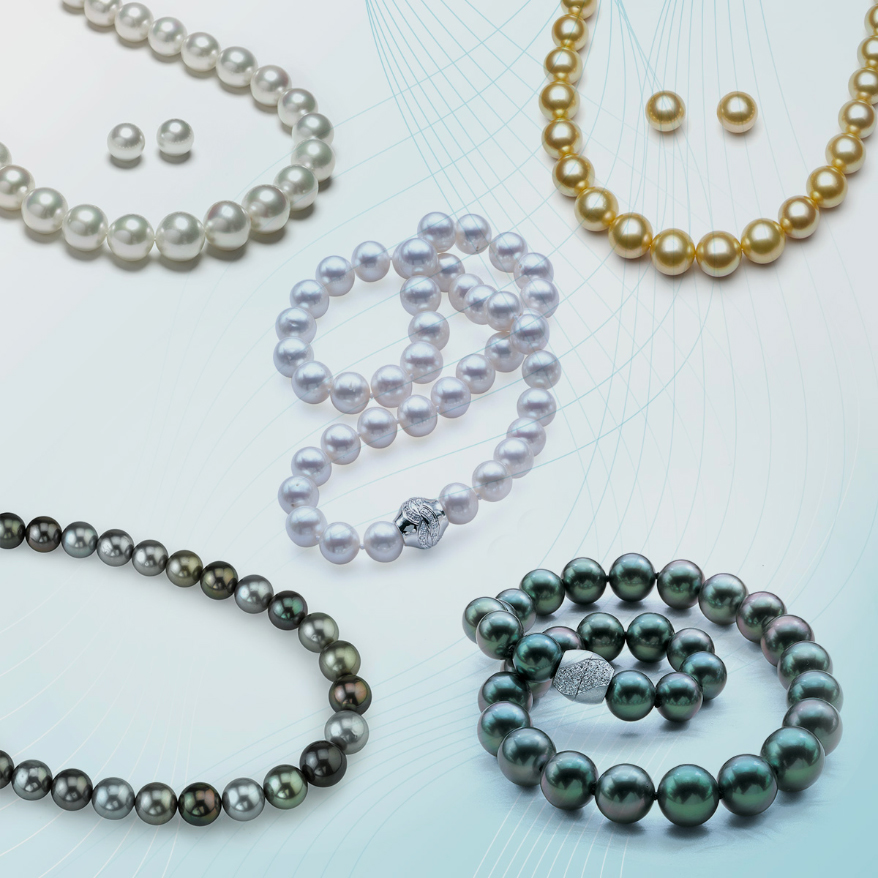
With more than 70% of the world's supply and 95% of all freshwater pearls produced, China is the undisputed leader in pearl production worldwide. The lengthy history of pearl cultivation in the nation, especially in the provinces of Zhejiang, Jiangsu, and Hunan, is the foundation of its domination. Grown in lakes, rivers, and ponds, Chinese freshwater pearls are prized for their low cost and wide range of sizes, shapes, and colors, which include white, pink, lavender, and metallic tones. As of 2025, China's pearl business is still developing thanks to sophisticated cultivation methods that guarantee high-quality production. In 2021, the country shipped $69.1 million worth of pearls, a sum that has increased dramatically. China is the top exporter of both raw pearls and completed jewelry. China is a key player in the worldwide pearl business, serving both mass-market and luxury jewelry designers due to its capacity to produce pearls at volume without sacrificing quality.
2. Japan:
In the pearl industry, Japan is legendary, especially for its Akoya pearls, which are prized for their remarkable brightness, smooth surfaces, and traditional round shapes. Japanese Akoya pearls, which are cultivated mostly in the coastal waters of Mikimoto Pearl Island and Mie Prefecture, are a symbol of luxury and frequently command high prices on global markets. With pearl exports worth $164 million in 2021, Japan is still a leading exporter in 2025, demonstrating its emphasis on quality above quantity. Mikimoto invented the country's exacting pearl-growing methods, which guarantee that Akoya pearls continue to be known for their brilliance and range of colors, which include rose, pink, and white. Japan continues to dominate the global market, especially for luxury jewelry, thanks to its historical and scientific innovations in pearl cultivation.
3. India:
With a centuries-long tradition of pearl production, India is the third-largest producer of pearls worldwide. The Gulf of Mannar, the Gulf of Kutch, and Hyderabad, the "City of Pearls," are the main production locations for the nation's freshwater and saltwater pearls. Indian pearls appeal to a wide range of consumer categories due to their variety and cost. A combination of contemporary growing methods adopted in the 1970s and traditional artistry has benefited India's pearl industry in 2025. Hyderabad continues to be a significant trading hub, helping to expand India's global footprint and exporting pearls. India is a major player in the manufacture and export of pearls due to its cultural love for them, which is enhanced by the fact that they are frequently used in traditional jewelry.
4. Indonesia:
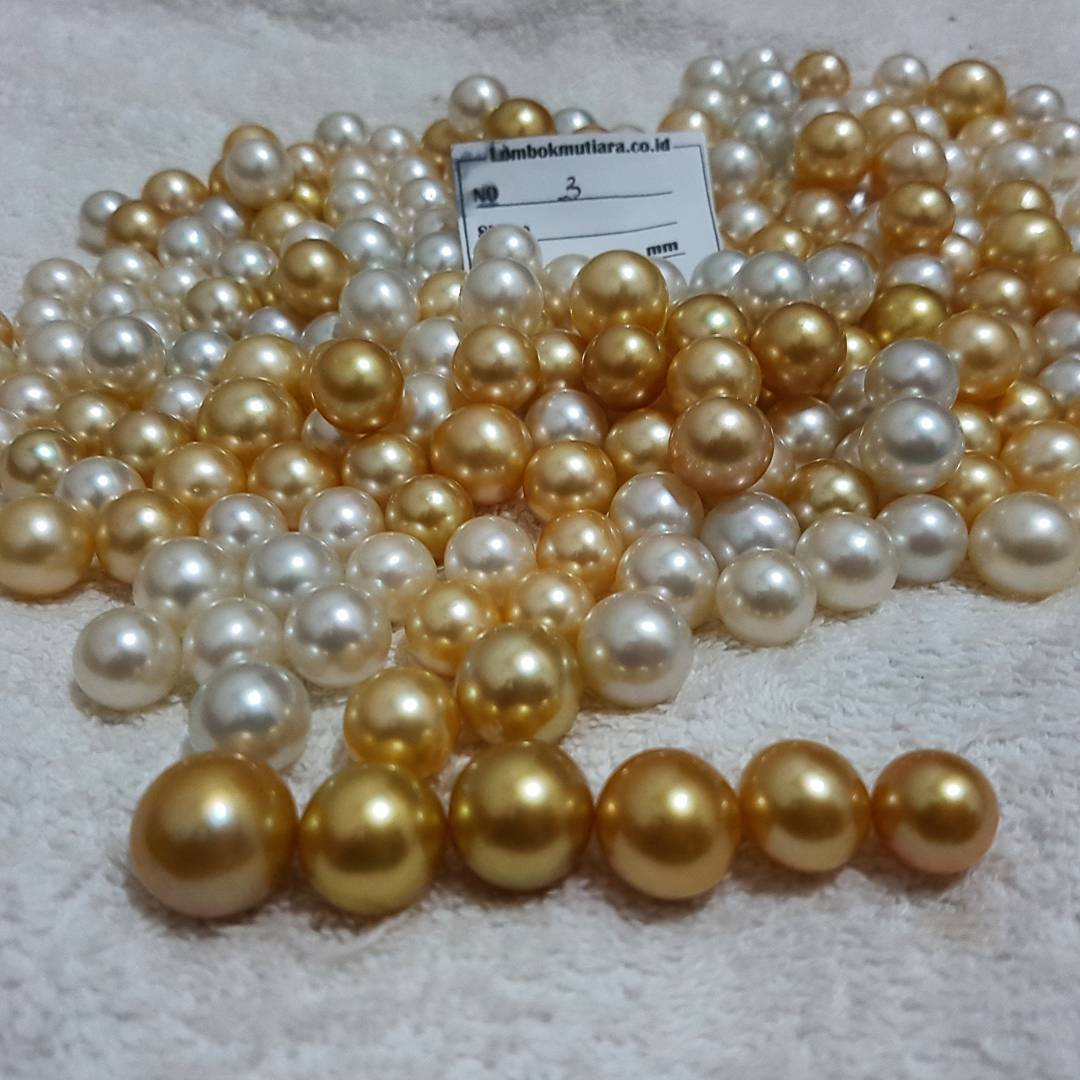
Known for producing some of the biggest and most precious pearls in the world, Indonesia is a major producer of South Sea pearls. Pearl farming is made possible by the country's extensive archipelago, which includes the Raja Ampat Islands, Bali, and Lombok, all of which have crystal-clear waters. Because of their size, thick nacre, and vibrant colors, Indonesian South Sea pearls—especially the white and golden varieties—are widely sought after by jewelry enthusiasts and collectors. With pearl exports of $83.1 million in 2021, Indonesia is a significant exporter in 2025. The nation's emphasis on environmentally friendly farming methods and its abundant marine resources guarantee its dominant position in the world pearl industry, especially for upscale jewelry made with South Sea pearls.
5. Australia:
Australia is well known for producing some of the world's largest and most brilliant South Sea pearls. These pearls, which are mostly grown off the coast of Western Australia, are prized for their satiny sheen, durability, and whiteness. Nearly three tons of South Sea pearls are produced annually by Australian pearl farms in 2025, making a substantial contribution to the world's supply of valuable pearls. In 2021, the nation exported $46.1 million worth of pearls, concentrating on both unfinished jewelry and raw pearls. Due to its long history of pearling and dedication to environmentally friendly methods, Australia's South Sea pearls continue to be a popular choice in high-end jewelry markets across the globe. Australia's standing as a leading pearl producer is further cemented by the clean marine environment and cutting-edge growing methods.
6. Philippines:
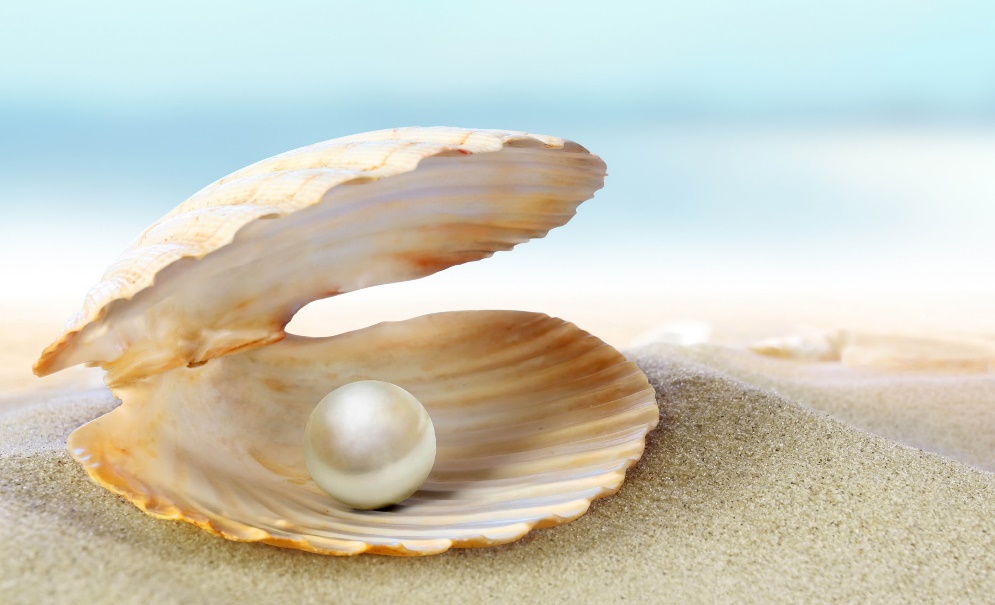
South Sea pearls, especially the golden kind, which are highly valued for their distinctive color and size, are produced in considerable quantities in the Philippines. The nation, which is mostly focused on the island of Palawan, produces about 3,200 pounds of South Sea pearls a year, or 15% of the global total. By using its tropical waters and talented farmers to create both golden and white South Sea pearls, the Philippines is still growing its pearl farming sector in 2025. The demand for the nation's pearls is rising in places like the US and Japan, where they are a mainstay in upscale jewelry markets. The Philippines is a major player in the world pearl market because of its emphasis on quality and its abundant marine resources.
7. Vietnam:
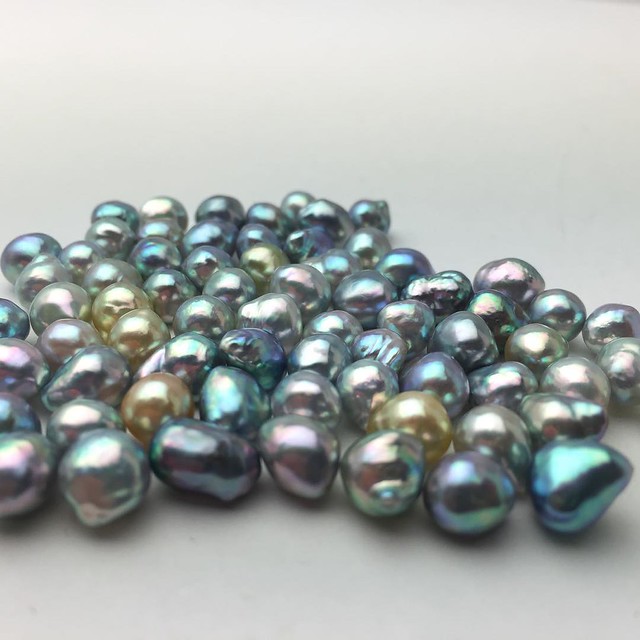
With an anticipated yearly production of 2,000 kg in 2025, Vietnam has become a significant producer of freshwater and saltwater pearls. The nation's pearl farms, especially those in the south, provide high-quality, reasonably priced pearls that appeal to a broad spectrum of buyers. While Vietnamese saltwater pearls, especially cultivated types, are becoming more well-known in foreign markets, Vietnamese freshwater pearls are renowned for their wide range of shapes and hues. Growing investments in environmentally friendly cultivation methods and export-oriented tactics enhance Vietnam's pearl industry in 2025. The nation is becoming more and more well-known in the pearl production industry as a result of the growing presence of its pearls in international jewelry markets.
8. Thailand:
As a producer and a significant center for pearl processing and trade, Thailand has two roles in the pearl business. The nation prioritizes quality over quantity while producing freshwater and saltwater pearls. In 2025, Thailand's jewelry manufacturing industry turns raw pearls into beautiful final goods, and its pearl farms continue to provide high-quality pearls for the international market. Thailand is a major player in the pearl trade, contributing significantly to both domestic and international markets thanks to its advantageous location and talented artisans. Thailand is a vital link in the world's pearl supply chain since its pearls are prized for their brilliance and adaptability.
9. Myanmar:
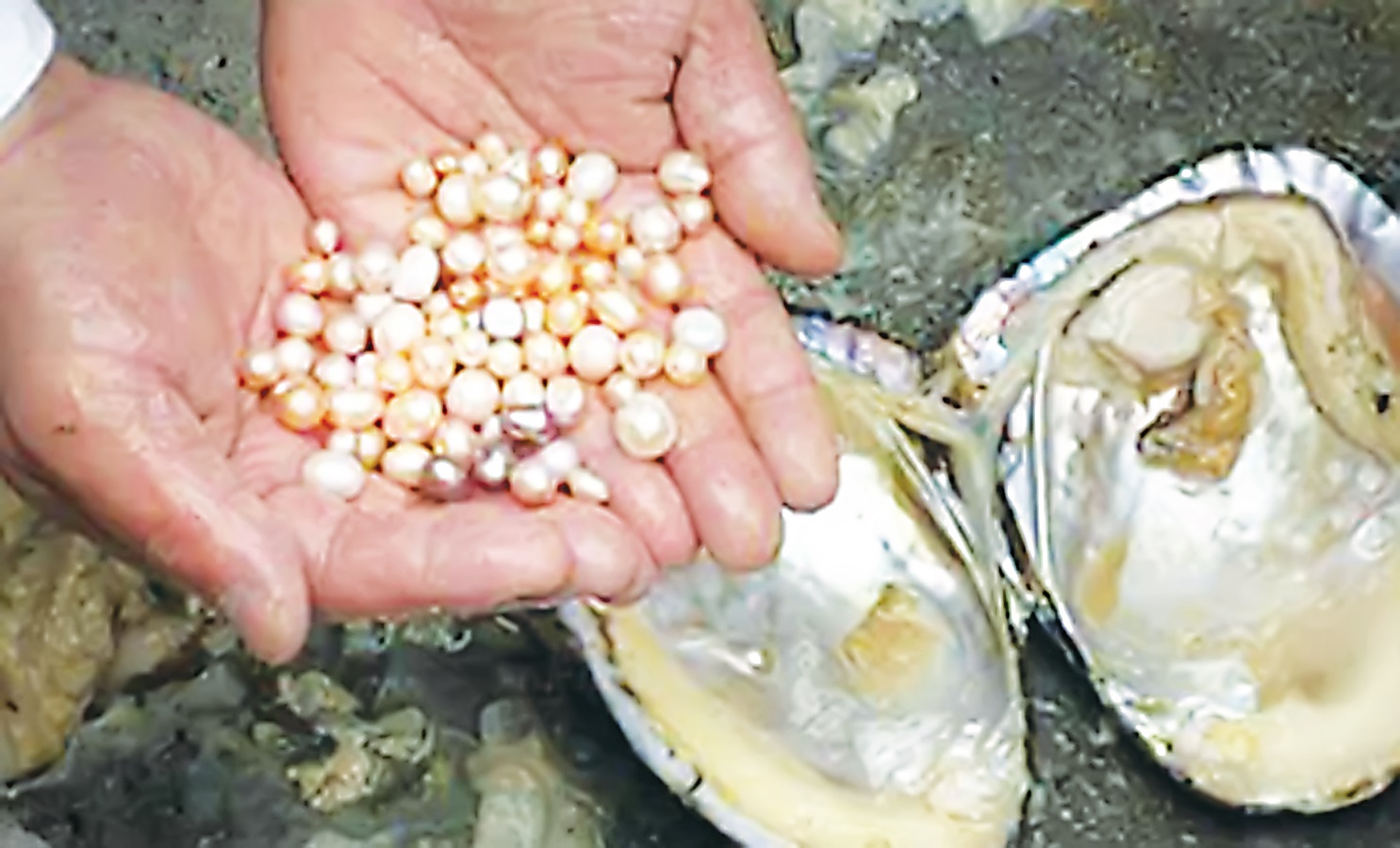
Produced in the pure seas of the Andaman and Nicobar Islands, Myanmar is renowned for its premium natural and cultured saltwater pearls. These pearls, which are frequently used in expensive jewelry, are prized for their individuality and inherent beauty. Compared to industry titans like China and Japan, Myanmar's pearl production is still modest in 2025, but its emphasis on rarity and quality guarantees a significant market share. The nation's pearls, especially those from saltwater, are prized for their unique sheen and organic colors, adding to the variety of the world pearl market. Myanmar's image as a niche but important producer is further enhanced by its increasing investment in sustainable pearl production.
10. French Polynesia (Tahiti):
Black pearls, sometimes called Tahitian pearls, are famous for their unusual dark hues that range from black to green, blue, and purple. French Polynesia, and Tahiti in particular, is synonymous with these pearls. Nearly 90% of French Polynesia's pearl exports in 2025 will be Tahitian pearls, positioning the area as a leader in this niche market. The pearls are grown on farms that prioritize sustainable methods to protect the marine environment in the tropical lagoons of French Polynesia. Due to their unique colors and scarcity, Tahitian pearls are in high demand in the luxury jewelry markets, especially in the US and Europe. Despite having a lesser volume, French Polynesia makes a substantial contribution to the world pearl industry in terms of prestige and value.
Comments 0